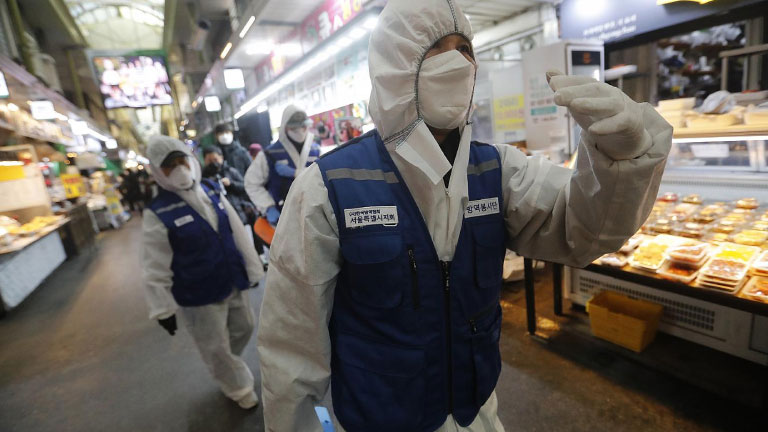“In the United States, Canada, Brazil, Ecuador, Peru, Chile and Mexico, we see cases double in a matter of four days or less,” said the General Director Carissa Etienne
The General Director of the Pan American Health Organization warned that there is a real danger of a large-scale outbreak of COVID-19 in Haiti, followed by a humanitarian crisis. At the same time, he noted that the number of coronavirus cases is doubling in a matter of days in many areas of the region.

“17,000 Haitians have already returned from the Dominican Republic, where there is community transmission and this number is expected to reach 55,000 in two to three weeks,” he specified.
The head of the Organization noted that there is insufficient awareness in the communities about the threat posed by COVID-19 and that it is extremely difficult to establish the proper social distancing in the Caribbean nation.
“Most Haitians do not have access to clean water and sanitation, and many live in crowded homes where quarantine and isolation are challenging. Furthermore, there is a risk that increasing food insecurity will lead to famine.”
To these factors we must add the delicate political situation in the country, civil unrest or the limitations of a health system that offers few beds for the treatment of patients with coronavirus, has an insufficient number of health professionals and an inadequate number of teams. of protection.
Double the number of cases in many countries
On the other hand, the director of the Organization also warned this Tuesday that in many areas of the region the number of cases of the coronavirus is doubling in a matter of days.
“In the United States, Canada, Brazil, Ecuador, Peru, Chile and Mexico, we see cases double in a matter of four days or less,” said Etienne, who described the data as worrying.
He added that the data denotes that transmission is very high in these nations and the need to implement a series of public health measures such as conducting a large number of tests, contact tracing, case isolation and social distancing.
Etienne indicated that until May 4 the number of people affected by the coronavirus in the region is 1.4 million and the number of deceased is around 80,000. At the same time, he pointed out that the Pan American Health Organization works closely with all the countries of the region to identify specific contact trends and specified that in their countries “there is a mosaic of diverse epidemiological scenarios.”
Regional overview
Community transmission of the disease is being experienced in the United States, Mexico, and Canada. Specifically, she was encouraged by the reduction in the number of hospitalizations in New York City, although she specified that the number of hospitalizations and deaths of older people in that city and in other areas were extremely high.
In Central America, he indicated that only one country had reported community transmission, but that this nation is the one that is doing the most tests in the subregion, and that in all the other countries in the region we see groups of cases.
“However, although there are indications that the general incidence – the rate of new cases – is beginning to show the effects of the control measures applied by governments, it is essential to increase the analysis in some of the countries of the subregion in order to guarantee a clearer picture of the situation, “he stressed.
In relation to South America, he highlighted that seven out of ten countries are experiencing community transmission and that there are important variations in transmission rates and their impact due to the control measures implemented from the beginning.
“Some of the countries in the region are fighting outbreaks in large cities, such as Guayaquil (in Ecuador) and Manaus and Sao Paulo (in Brazil), and there is growing concern about the increase in reported cases in cities smaller, where hospital capacity is limited. “


